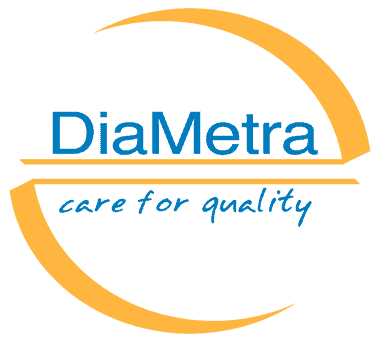Key Features and Values
– Same sample type can be used across all assays to simplify inclusion into routine serology work-up
– Ready to use reagents reduces hands-on time for assay preparation
– Long shelf life provides a cost-effective solution by reducing wastage due to expired kits
– Suitable for inclusion on automated plate systems simplifies scale-up of test volume
– Supported by a complete panel of assays for supporting treatment monitoring of several forms of hormonal dysfunctions
– Suitable for use in a wide range of areas including sports medicine, paediatrics, occupational health, veterinary medicine, sleep disturbance, stress monitoring and hormone replacement therapy
Product Description
Immunoenzymatic colorimetric method for the quantitative determination of IgA in saliva. IgA Saliva ELISA kit is intended for laboratory use only.
Scientific Description
Publications
1. Tomasi, T.B. Jr. Englewood Cliffs, NJ: Prentice-Hall. (1976)
2. Ben-Aryeh H., et al Archive of Oral Biol. 35, 929-931 (1990)
3. Smith D.J., et al J. Dental Research 66, 451-456 (1987)
4. Ventura M.T.et al Allergol Immunopath (madr) 19, 183-185 (1991)
5. Kugler J., et al J. Clin. Immunol. 12, 45-49 (1992)
6. Jemmott III J.B.et al Behavioral Medicine, 15, 63-71 (1989)
7. Gregory R.I., et al J. Period. Research, 27, 176-183 (1992)
8. Ruan M.S., Chung-Hua-Kou-Chiang-Hsueh-Tsa-Chin, 25, 158-160 (1990)
9. Jemmot III J.B., et al J. Personality and Social Psychology 55, 803-810 (1988)
10. Kugler J.A review. Psychotherapy, Psychosomatic Medicine and Psychology, 41, 232-242 (1991)
11. Shirtcliff E.A., et al Psychoneuroendocrinology, 26, 165-173 (2001)
12. Chard T. An introduction to radioimmunoassay and related techniques

